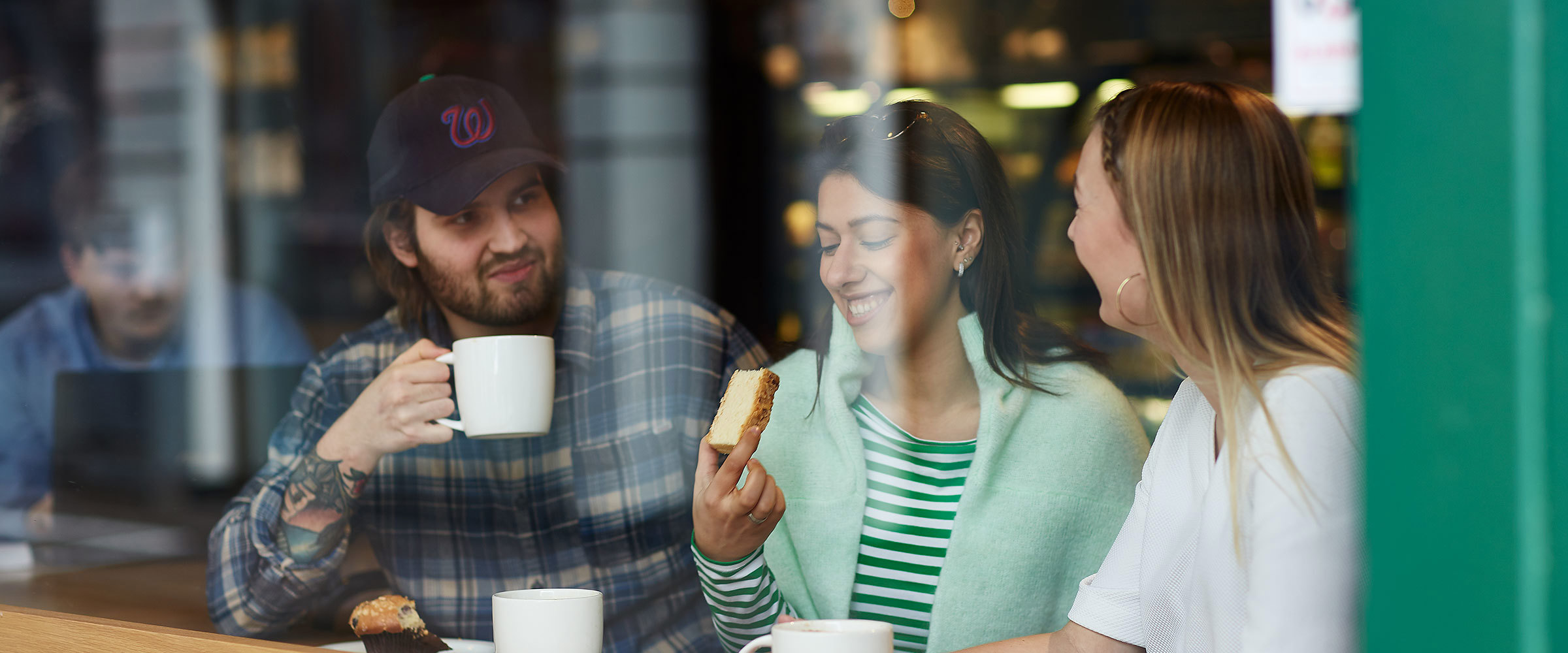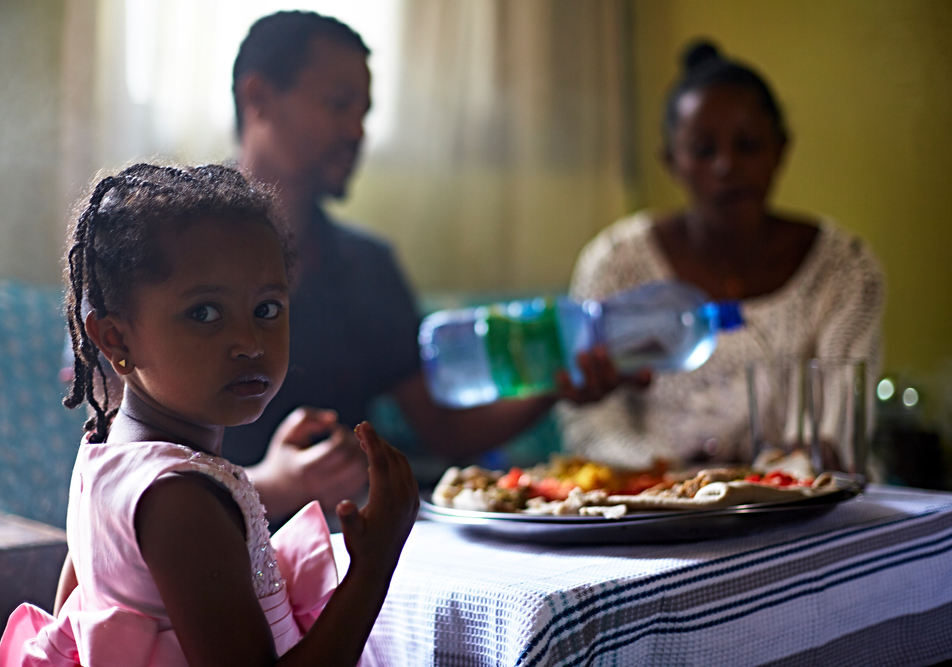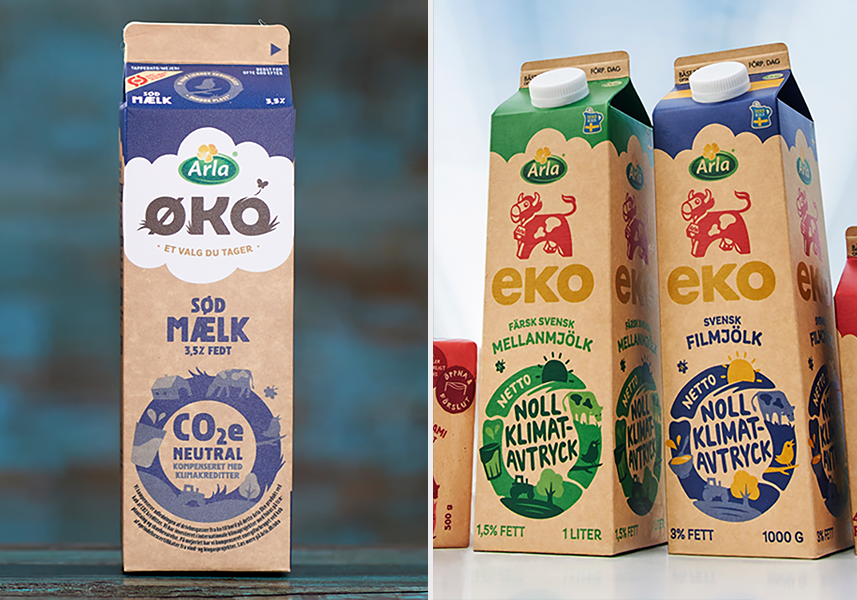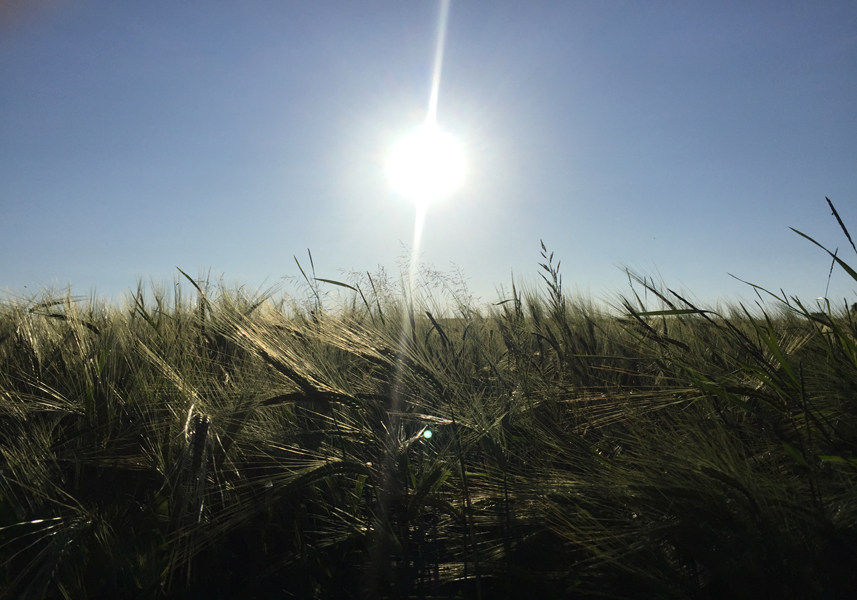How do my products and business contribute to solving some of the world’s most important challenges? That’s the question at the very core of every CMO’s agenda.
Sustainability has never been more relevant for brands. According to Nielsen, 66% of global consumers are willing to pay more for brands with a positive impact on the world. So, if you are among the biggest and most influential players in your category, you certainly can’t sit on the sidelines.
But it has to be authentic. Consumers will see right through it if you’re only in it for the extra margin. So how do you get in the game?
I’ve always approached this by following a simple three step model. Start with the true benefit of your products. Why are they important to people and how can you innovate to strengthen their long-term positive impact?
Next identify the main societal challenges that you can help solve by increasing the positive benefit of your products while reducing your negative impact. Your plan for this should be deeply integrated into your business strategy.
Finally, pinpoint a particular strength that puts you in unique position to deliver. This will help you build trust and credibility when you talk about your actions and ambitions for the future.
Last week, I was part of a panel debate at UN’s Climate and SDGs Synergy Conference in UN City Copenhagen, discussing how we can strengthen the link between the Sustainable Development Goals and the Paris Agreement. We work in a structured way with our impact at Arla, so articulating our views clearly and with relevance to this discussion came quite easily. Here I share Arla’s story, which I hope will inspire ideas for how to work with this topic.
The benefit: Our starting point is that our products - and dairy in general - have an important role to play in the challenge of providing nutrition to a growing world population. We need not only to be looking at how we feed the world, but also how we nourish the world to help maintain people’s long-term health, well-being and inner strength.
Many dairy products pack a lot of nutrients into every calorie they provide. And with continuous innovation we are able to optimise the benefit of dairy and meet individual’s needs that vary due to culture, age, physical condition and lifestyle.
The challenge: A brand is rarely without a negative footprint. In Arla’s case, according to FAO, dairy livestock production contributes three per cent of global greenhouse gas emissions.
When we look at our value chain, more than 80 per cent of our greenhouse gas emissions come from our farms so the main climate action for us, and the whole dairy industry, has to happen at farm level.
The strength: We believe that our core strength is being a cooperative with 9,700 dairy farmers across seven European countries. This puts us in a strong position to drive real change. These farmers are both our owners and our milk suppliers, giving us control of the first and most important part of our value chain, raw milk production.
It’s essential for our farmers to hand over their farm and land in a better condition for the next generation. Our Board of Directors, which includes elected farmers, has recently committed to a new overall environmental ambition, the main targets being to reduce C02e by 30% per kilo of milk by 2030 and to become carbon net zero by 2050.
We don’t have all the answers for how to get there yet and we are dependent on new knowledge, technologies and partnerships. We work with suppliers, research institutes and start-ups and we engage with national governments and intergovernmental organisations like the UN to share our insights and collaborate to create the best possible conditions for more sustainable farming and food production.
Still, we depend on the individual farmer to make the necessary change on his or her farm. I’m a farmer’s daughter and farmers can be proud people. They prefer to be involved, not told what to do. The farm is not only their business and workplace, it’s also their home and the home of their family – in some cases for generations.
We need to respect that. That is why we do our best to engage them and support them with workshops, tools, knowledge and as many market-driven opportunities as we can to reward their actions.
As marketeers, it’s our clear responsibility to create these commercial opportunities together with the sales team. Our downstream focus can also play a significant role in getting the upstream foundation for a more sustainable brand right and this means working together with the CSR, innovation, procurement teams etc.
We do need to be very conscious that we are taking on an entirely different animal to the average marketing campaign. Creating a sustainable brand is a commitment with a much longer lifecycle, one which presents new dilemmas, such as where our responsibility starts and where it stops.
At Arla, we are fortunate that our farmers are an integrated part of our value chain, but how do we resolve issues that are not in our direct control, such as food waste and recycling in our consumers’ homes? What are we accountable for as a brand, as a category or even as an industry?
There are no easy answers and public opinion about the roles and responsibilities of businesses will continue to develop over time.
After 30 years in the FMCG sector I’m still on a learning curve, but I know from experience that the more your whole organisation works in tune with your defined benefits, challenges and strengths, the stronger you stand. Whenever new challenges or new expectations arise it’s better to actively lean into them than let others define what’s wrong or right for you.
Building a sustainable brand takes years and, of course, is never as simple as this three step model. But you’re off to a good start if you have a good understanding of your playing field.



